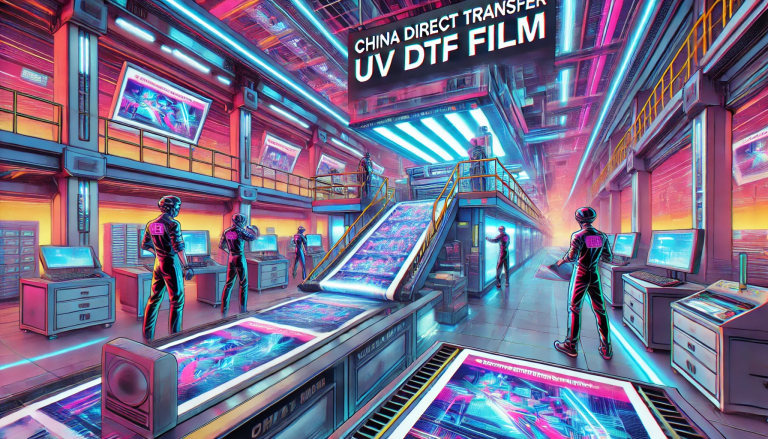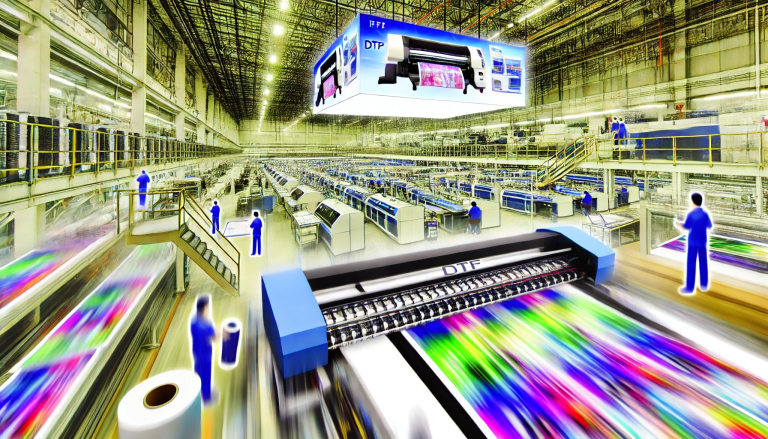In the ever-evolving world of digital printing and graphic design, the DTF (Direct to Film) printing technique has emerged as a game-changer, providing unparalleled flexibility and quality in the production of custom apparel and merchandise. Among the various components that make up the DTF printing process, DTF Paper A3 stands out as a pivotal element, revolutionizing how designs are transferred onto various substrates. This article delves into the intricacies of DTF Paper A3, exploring its features, benefits, and the transformative impact it has on the printing industry.
DTF Paper A3 refers to a specialized film used in the Direct to Film printing process, which involves printing a design onto this film and then transferring it to a fabric or material of choice. This process bypasses the limitations associated with traditional printing methods, such as Direct to Garment (DTG) printing, which requires a pre-treated fabric and is less effective on dark-colored materials. DTF printing, facilitated by the A3-sized papers, enables vivid, high-quality prints on a vast array of textiles, irrespective of their color or composition.
The significance of the A3 size in DTF printing cannot be overstated. Measuring approximately 11.7 x 16.5 inches, DTF Paper A3 is perfectly sized for handling larger designs or multiple smaller designs in a single print run, making it exceptionally cost-effective and efficient for both small and large-scale operations. This efficiency is further enhanced by the DTF process’s ability to produce vibrant, full-color images with a soft hand feel, which are durable and wash-resistant.
One of the most noteworthy features of DTF Paper A3 is its compatibility with a wide range of printing devices. This universality ensures that businesses and hobbyists alike can adopt DTF printing without the need to invest in highly specialized equipment. Moreover, the DTF process, including the use of DTF Paper A3, is relatively straightforward, involving printing onto the film, applying a powder adhesive, curing, and then heat-pressing it onto the desired substrate. This simplicity democratizes high-quality printing, making it accessible to a broader audience.
The environmental impact of printing technologies is a growing concern, and here too, DTF Paper A3 offers advantages. The process is less wasteful compared to traditional methods, as it minimizes the use of water and the need for pretreatments and washes. Additionally, the durability of DTF prints means that products last longer, reducing the frequency of replacements and, consequently, the environmental footprint of printed merchandise.
The adoption of DTF Paper A3 and the DTF printing process at large is driving innovation across several industries. Fashion and apparel have particularly benefitted, with designers now able to produce small, customized batches of clothing without the high costs typically associated with traditional printing methods. This flexibility has opened up new possibilities for personalized fashion, limited edition runs, and rapid prototyping of designs. Furthermore, the ability to print on a diverse range of fabrics means that designers are no longer constrained by material limitations, fostering creativity and experimentation.
In conclusion, DTF Paper A3 represents a significant advancement in printing technology, offering efficiency, versatility, and quality. Its impact extends beyond the technical capabilities it provides, fostering sustainability and innovation in design and production. As the technology continues to evolve and gain popularity, it is poised to redefine the boundaries of digital printing, making high-quality, customizable printing more accessible and environmentally friendly than ever before. In this era of rapid technological advancement, DTF Paper A3 stands as a testament to the transformative power of innovation, promising a future where the only limit to printing is one’s imagination.




